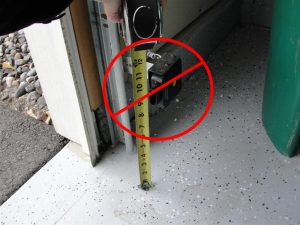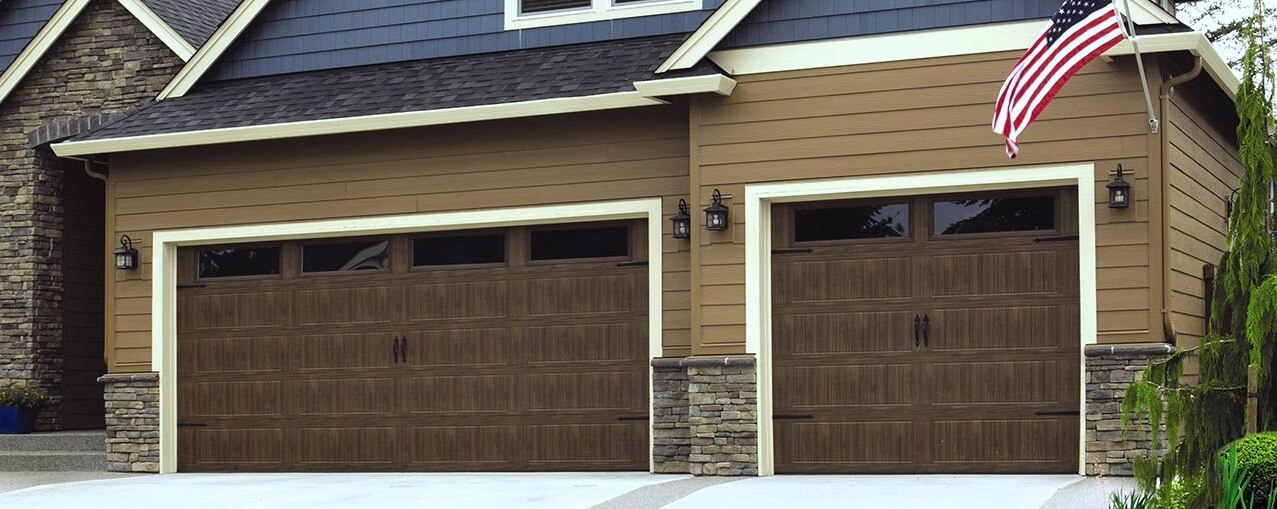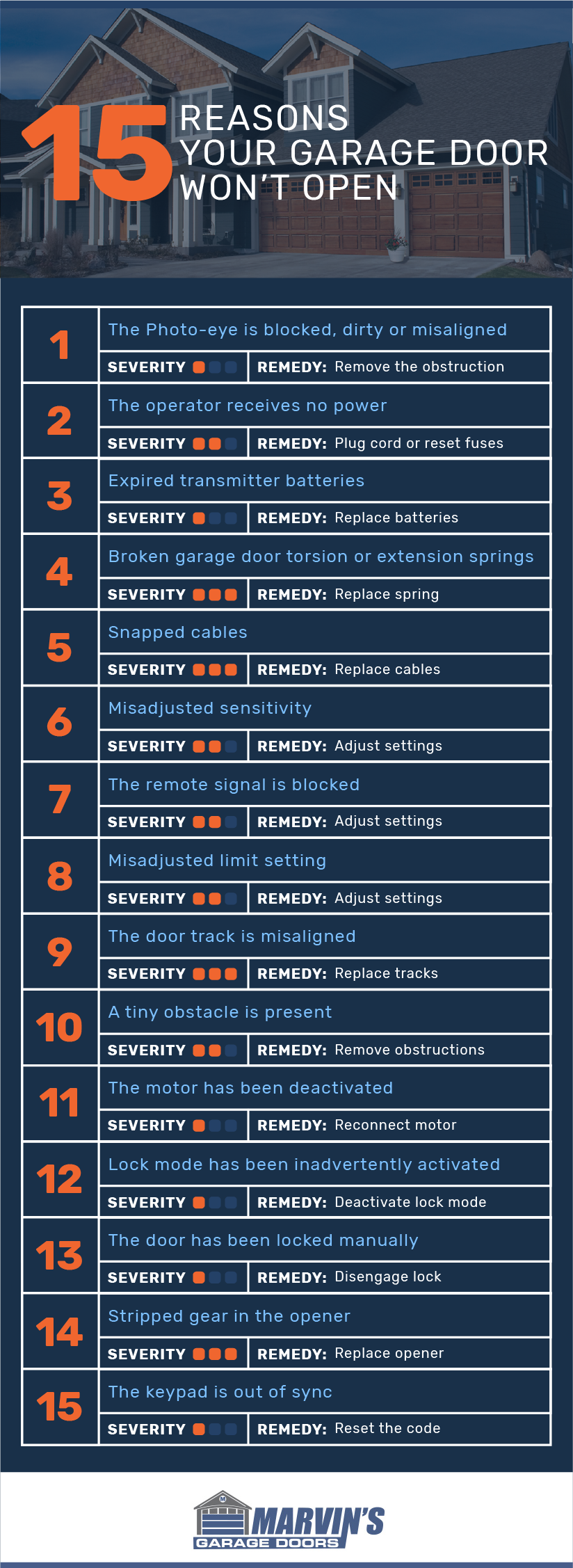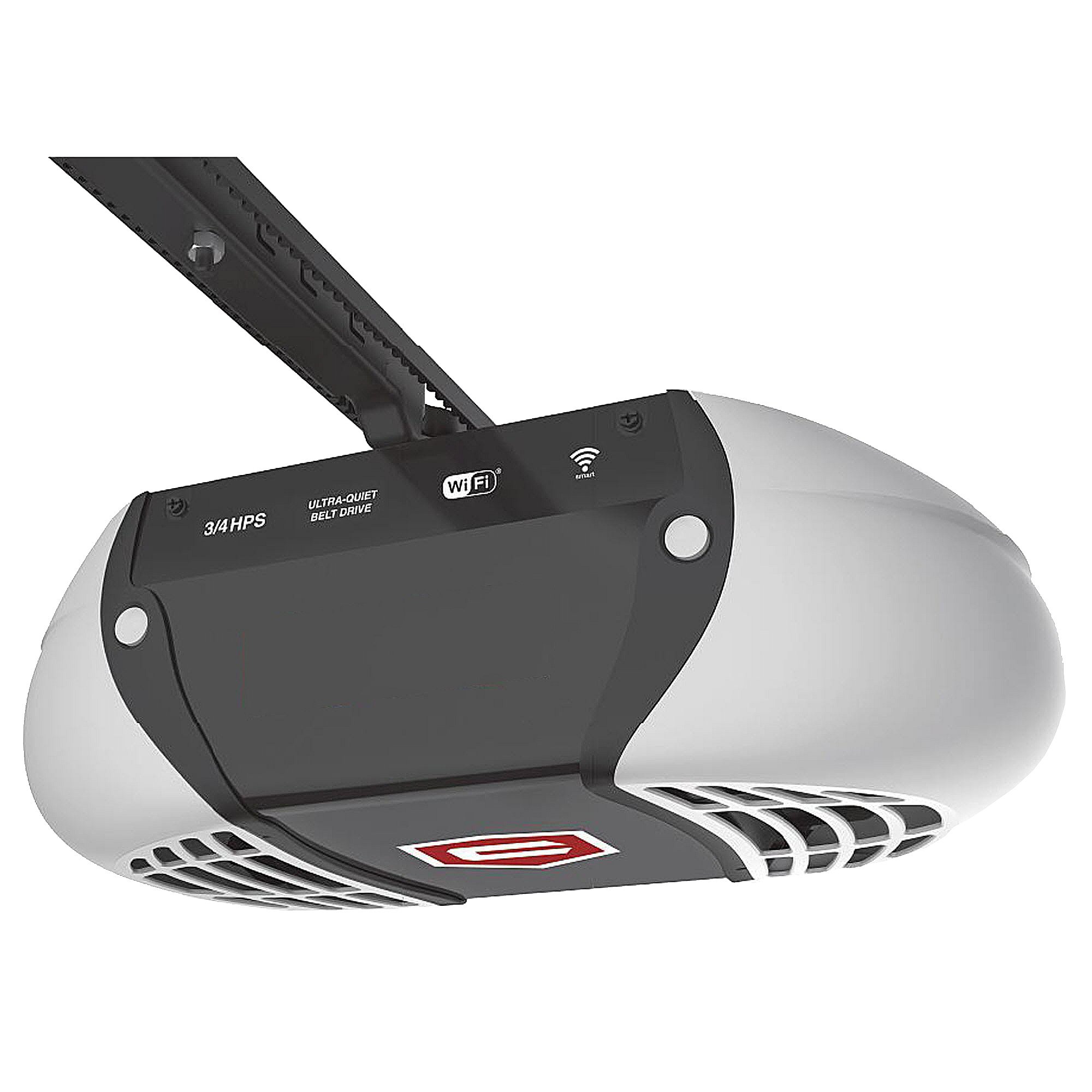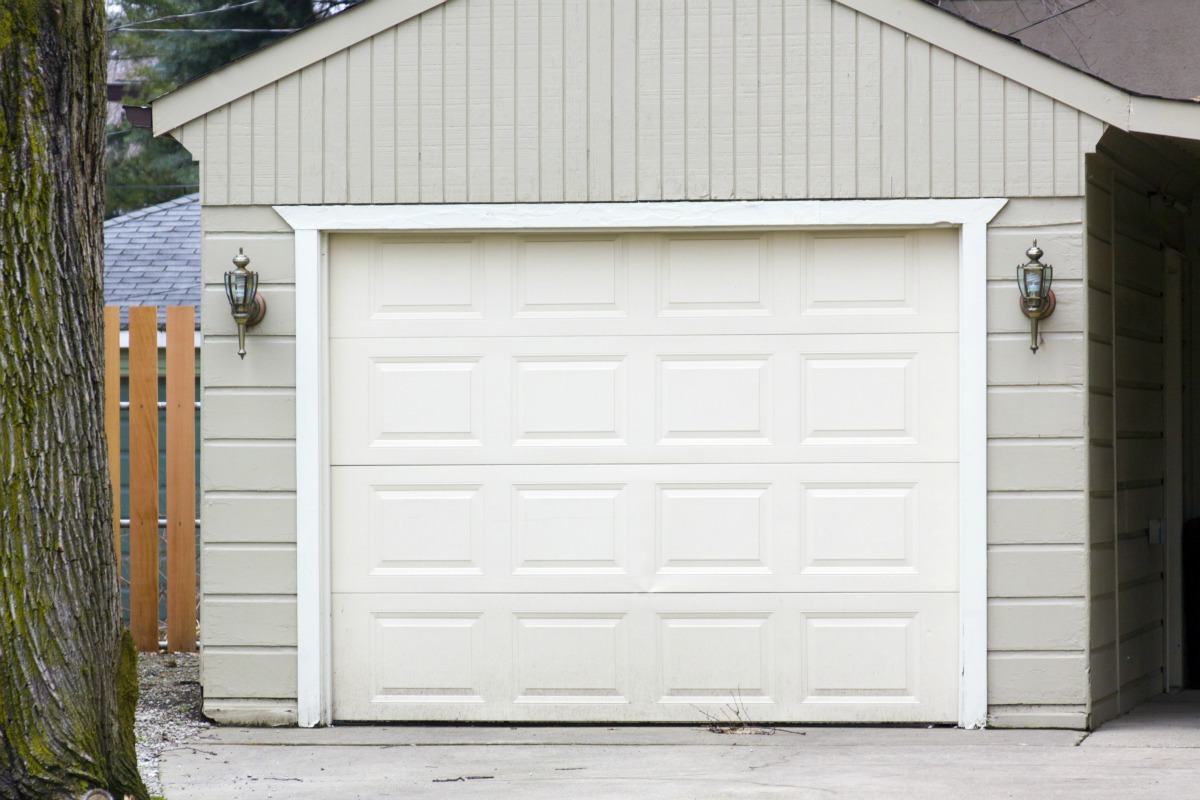If the garage door reverse by itself without grasping the bottom of the garage door then increase the down close force by turning the adjustment screw clockwise.
Garage door auto reverse pressure.
On the garage door motor there will be two knobs or dials to adjust the opener and the reverse sensor.
I the opener motor and ii infrared sensors.
If the door does not automatically reverse when it hits the 2 by 4 the opener must be adjusted.
Test it by placing a 2 by 4 flat on the garage floor and under the path of the door.
If you ve tested your garage door opener s auto reverse and found it requires too much force for the door to reverse or it doesn t reverse at all you can adjust the settings on the garage door opener controls.
Failure to adjust the opener properly may cause severe injury or death.
Test door opener monthly.
Home inspectors aim to protect their inspection clients and their clients families from potential perils by testing this safety feature.
Make small adjustments at a time to the force limits retesting after each adjustment.
To access the controls use a stepladder to reach the main part of the opener s motor.
You can also call it the contact reversal test pressure test and performance test.
In approximately half of my inspections the automatic garage door opener does not auto reverse when met with resistance.
If the door continues to close the opener is not safe and should be released from the overhead door until repairs can be made.
The auto reverse test evaluates the pressure activated auto reverse function of a garage door.
Adjust the garage door opener mechanism.
The auto reverse test.
The weight and pressure involved in closing a garage door can cause serious injury to someone in the path of the door especially children.
The garage door must reverse on contact with a 11 2 inch object or a 2 by 4 board laid flat on the floor.
This is real safety hazard.
There are two common safety features with a functional auto reverse system.




